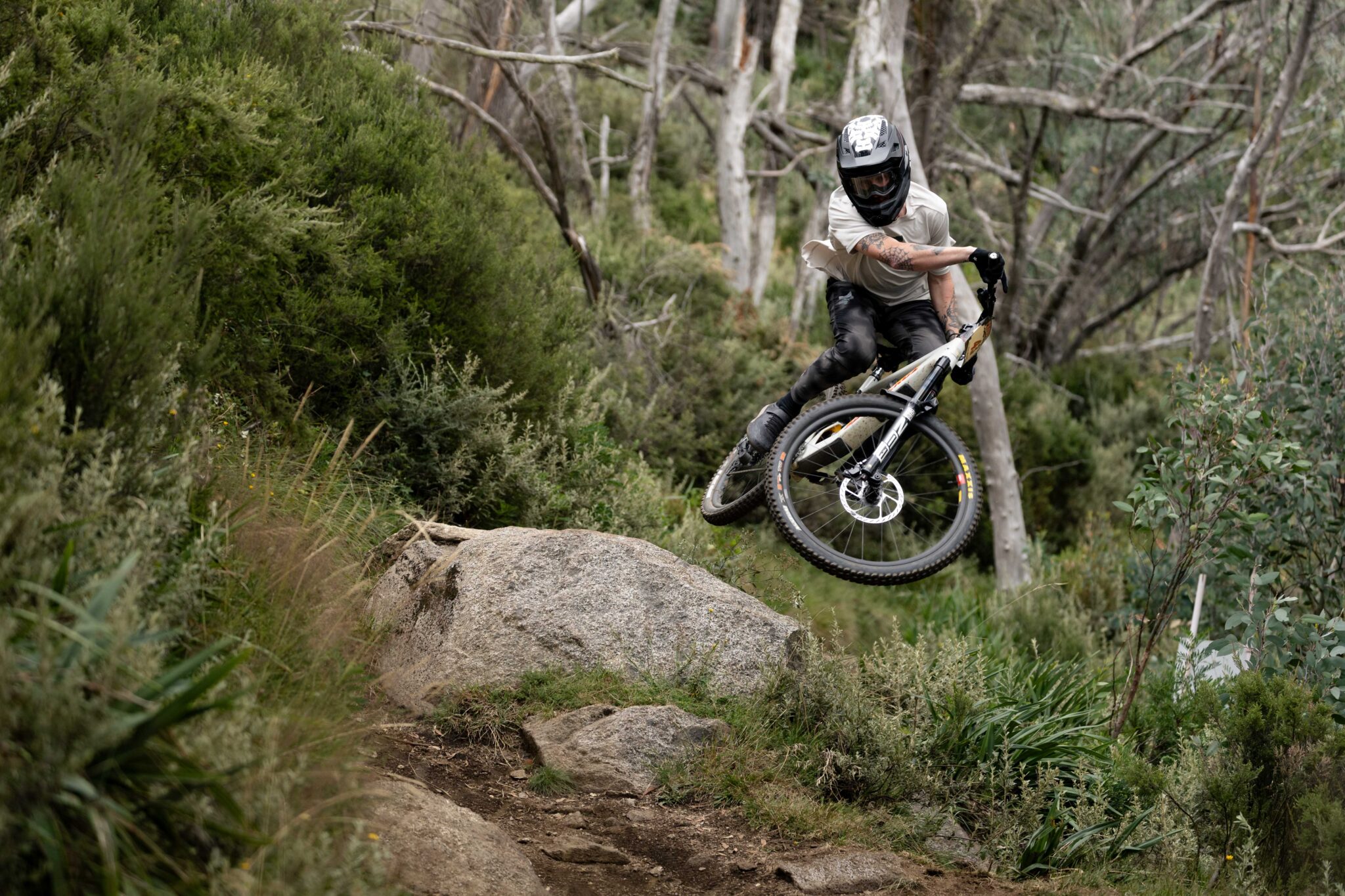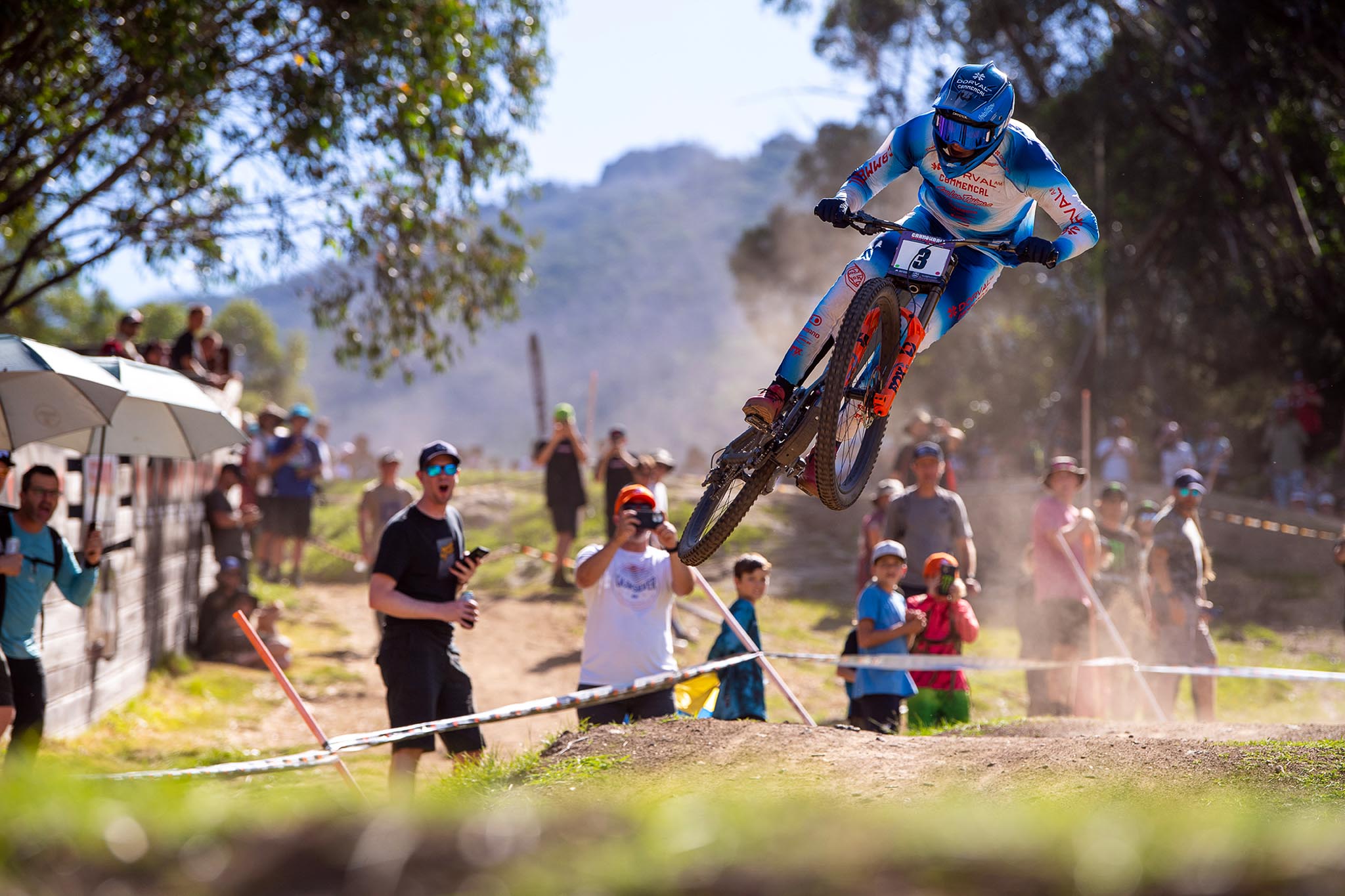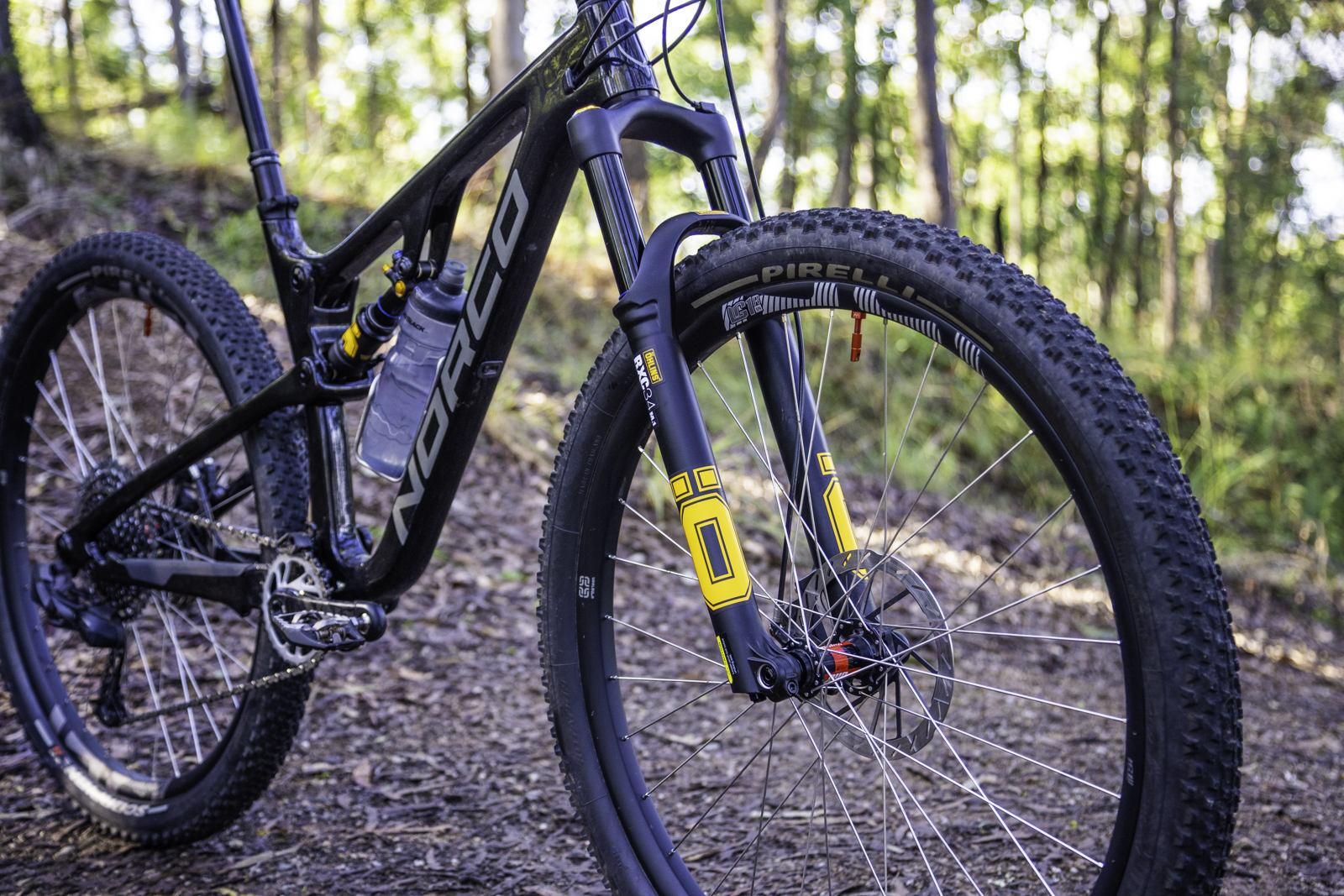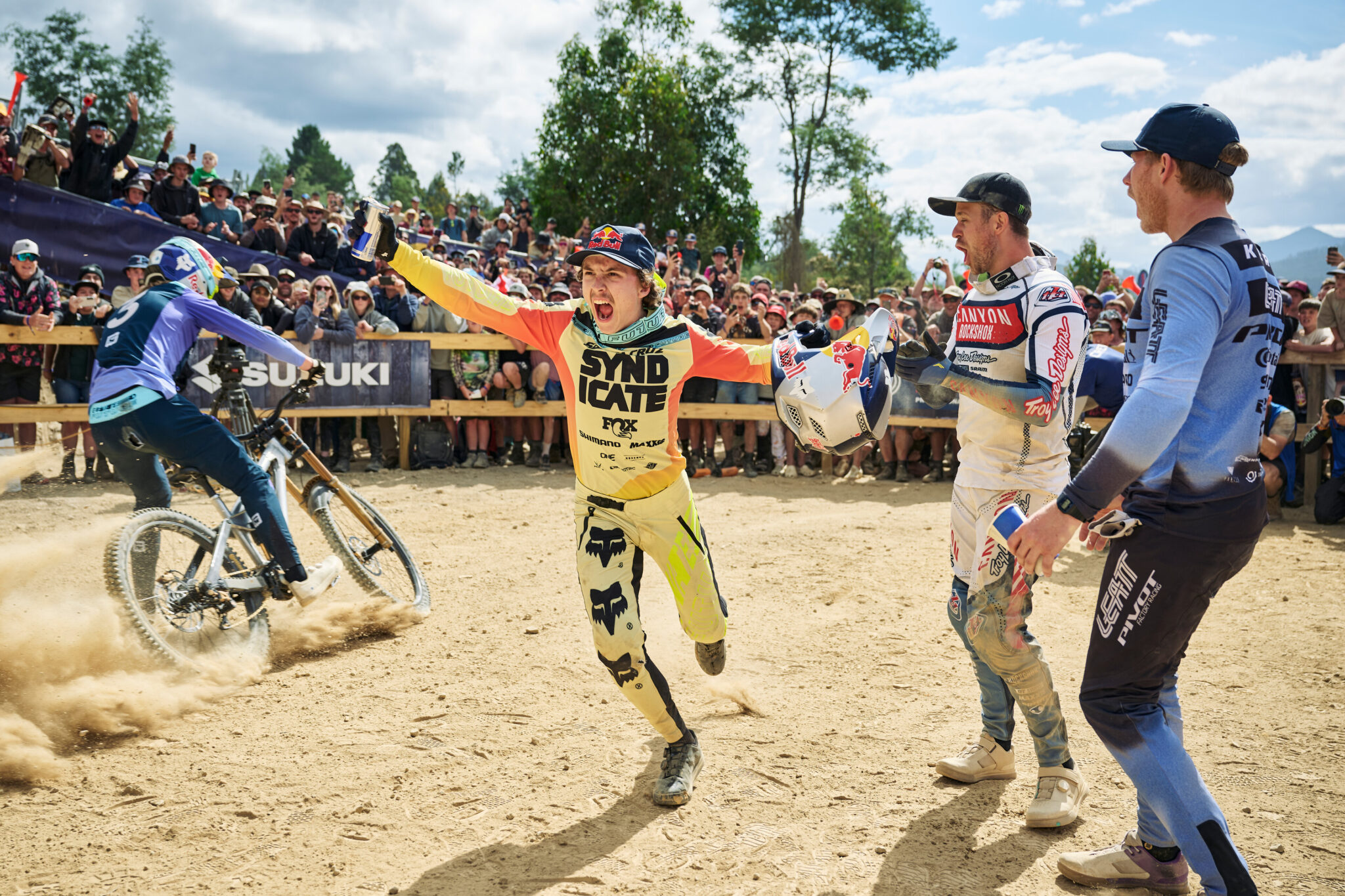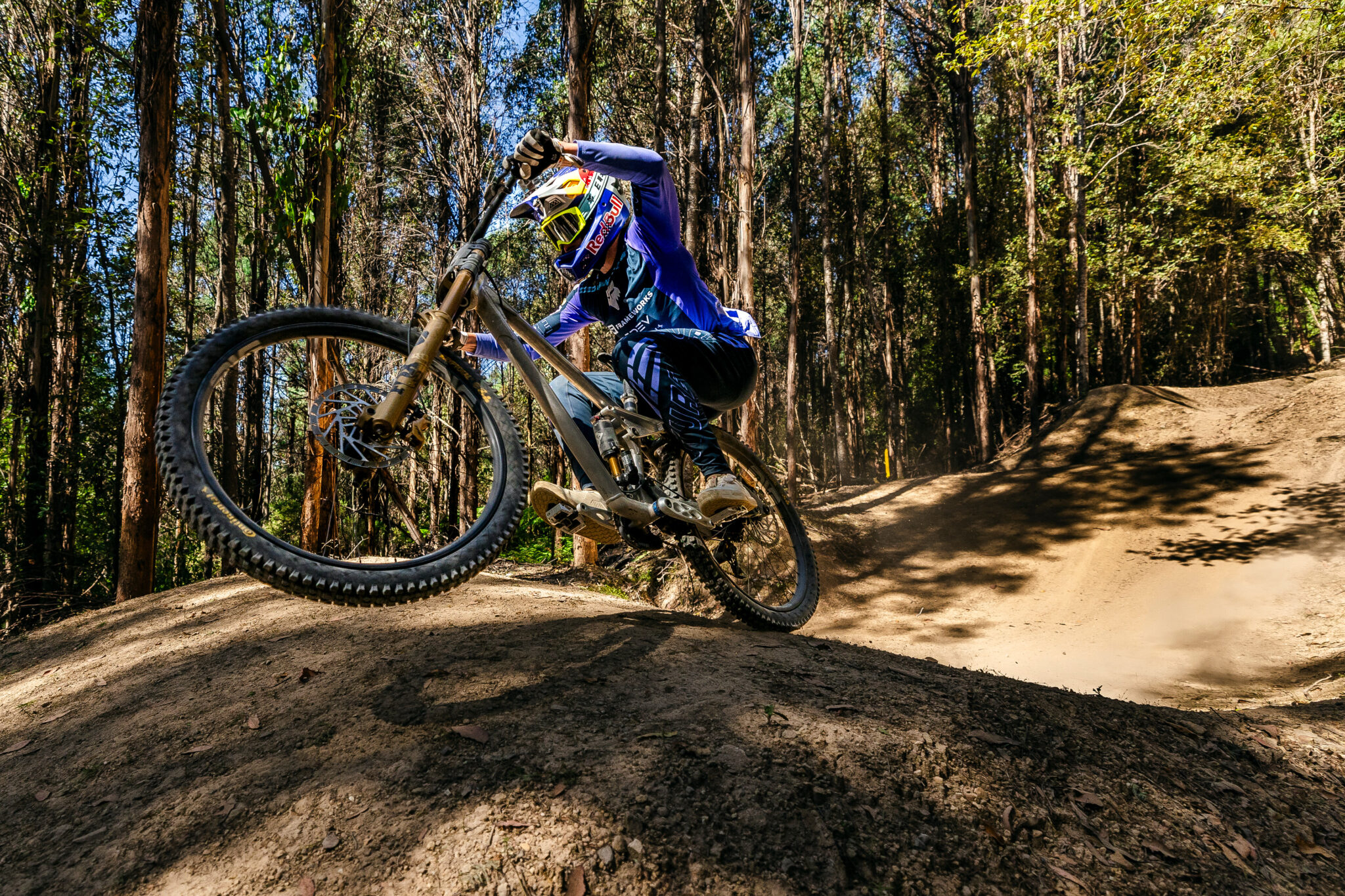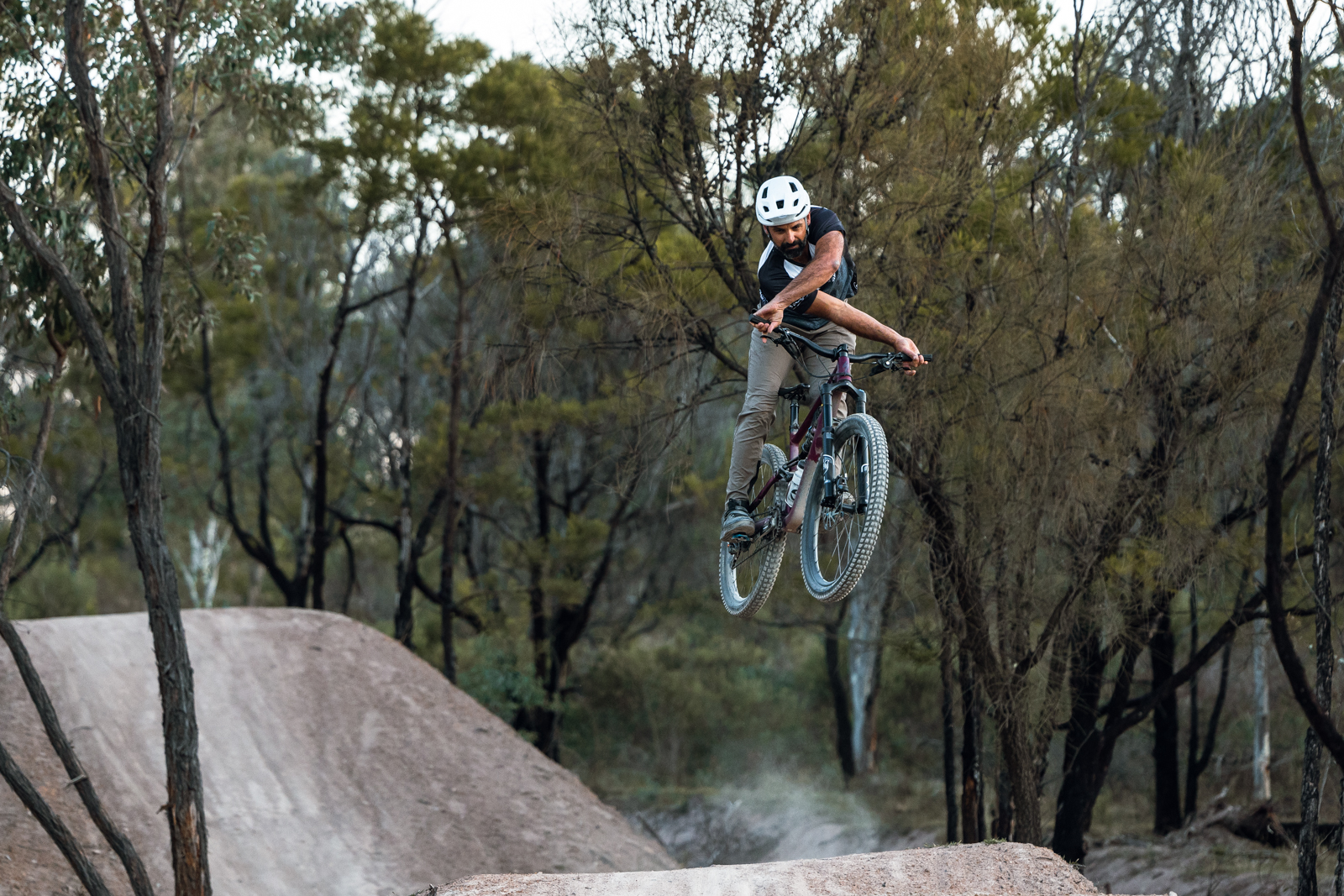TESTED: Specialized Fast Trak GRID Gripton tyres
Specialized's latest version of the Fast Trak delivers durability and grip in a new-school XC size.
Specialized are one of the few brands out there that can cover you from head to toe, and do far more than just your frame. With customised suspension, saddles, bars, grips, wheels and of course tyres – they only thing they don't offer is complete drivetrains and brakes.
The demands on all parts of a bike have continued to evolve, and Specialized have been working hard to make sure they don't just keep up, but stay ahead of the game. And tyres are a big part of that, especially for their athletes that tackle the Enduro World Series and World Cup XCO and Downhill.
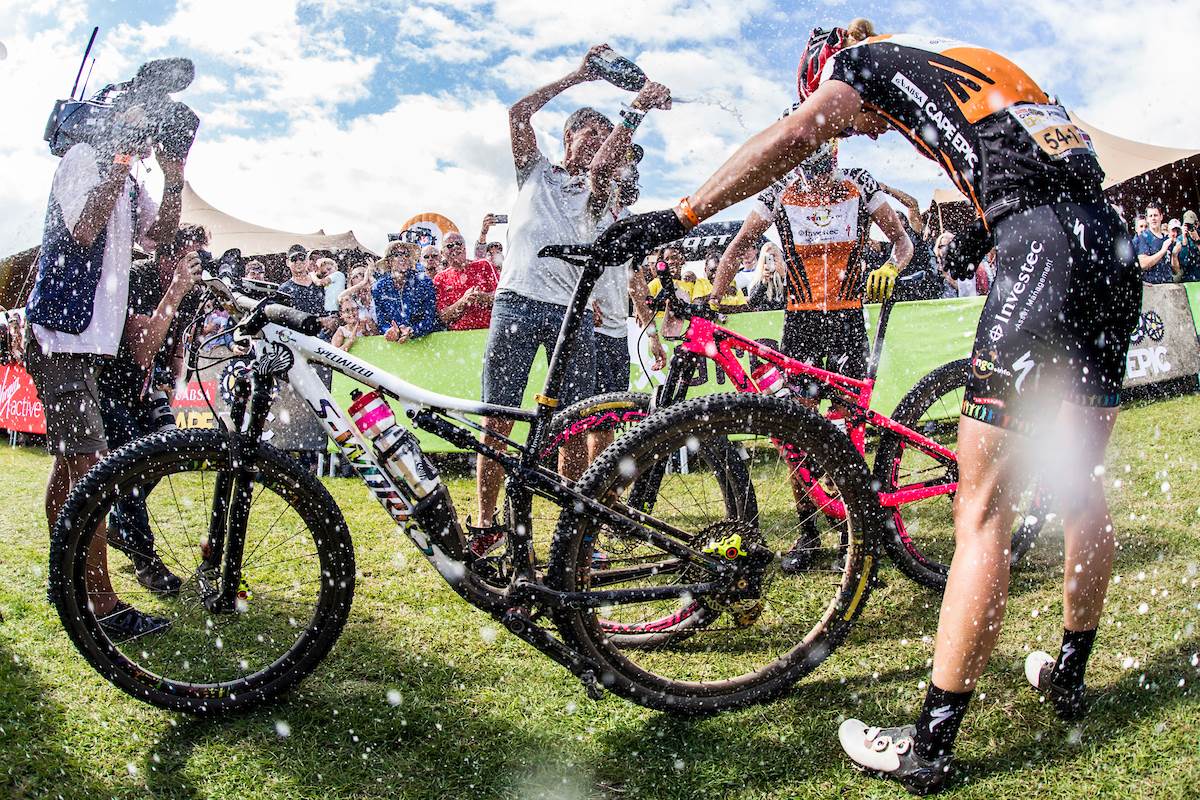
The Fast Trak tread is all about XC speed, and is often the tyre of choice for many riders looking to get from point A to point B as fast as possible. The 2.3” model tested is on the larger side for an XC tyre but that's no bad thing. As we've seen with our round of tyre and rim testing in Issue #166, a large tyre bag is great if you have the rim size to support it.
Specialized state that they used finite element analysis to get the tread knobs right. From the best support possible on the shoulders, to the right spacing for clearing mud. In the 29×2.3” size Specialized claim 720g, my pair came in around 780g each, which might seem like a long way off but that sort of variability either way isn't uncommon with tyres. Some athletes are known to way each tyre they own and label their weight, so they know which the lightest are. Yes, even gravity athletes.
The Gripton compound is said to perform better in wet and dry conditions, without added rolling resistance or increased wear rates. Like most mountain bike titles we aren't in a position to test wear or rolling resistance in a lab, but the promise of good wet weather grip, and low rolling resistance and good wear rates is pretty exceptional. Often there is a trade off involved. More grip can come with more rolling resistance and greater wear.
These were set up on a 30mm carbon rim with 25mm internal volume. The 2Bliss bead is wrapped with butyl to help with sidewall protection, and the tyre certainly feels solid enough, yet not like a piece of wood, when fitting. Both tyres beaded quite easily on a tubeless ready rim, with a track pump. Valve cores were removed to aid with inflation. But it's always a good sign when you don't need to reach for compressed air!
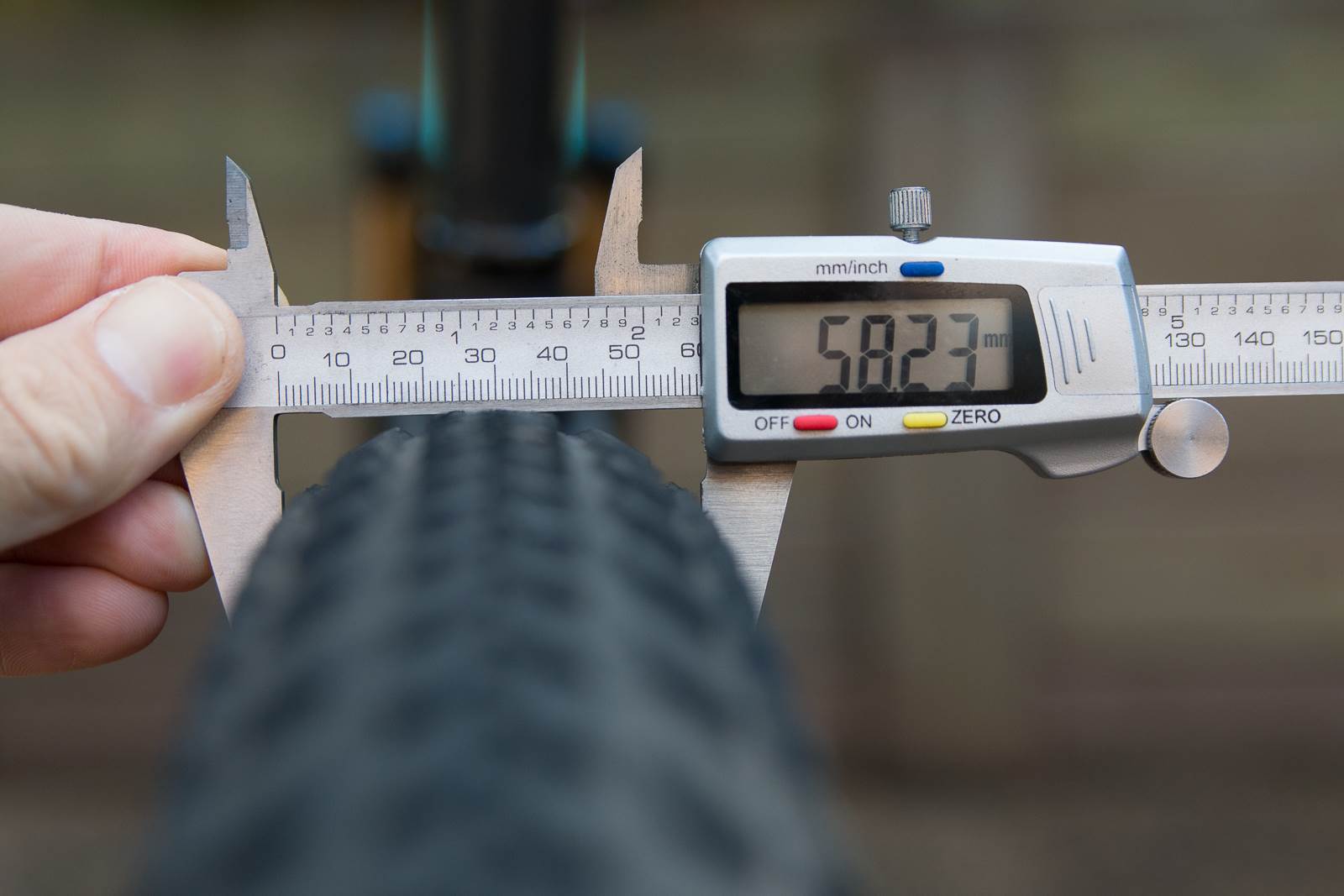
Once inflated, the tyres measured at 55.95mm across the tread and 58.23mm across the tyre carcass, mounted on the 25mm internal rim. This is a bit like a Maxxis Ikon, whose tread sits ever so inboard from the casing. It's not uncommon with pure-XC treads.
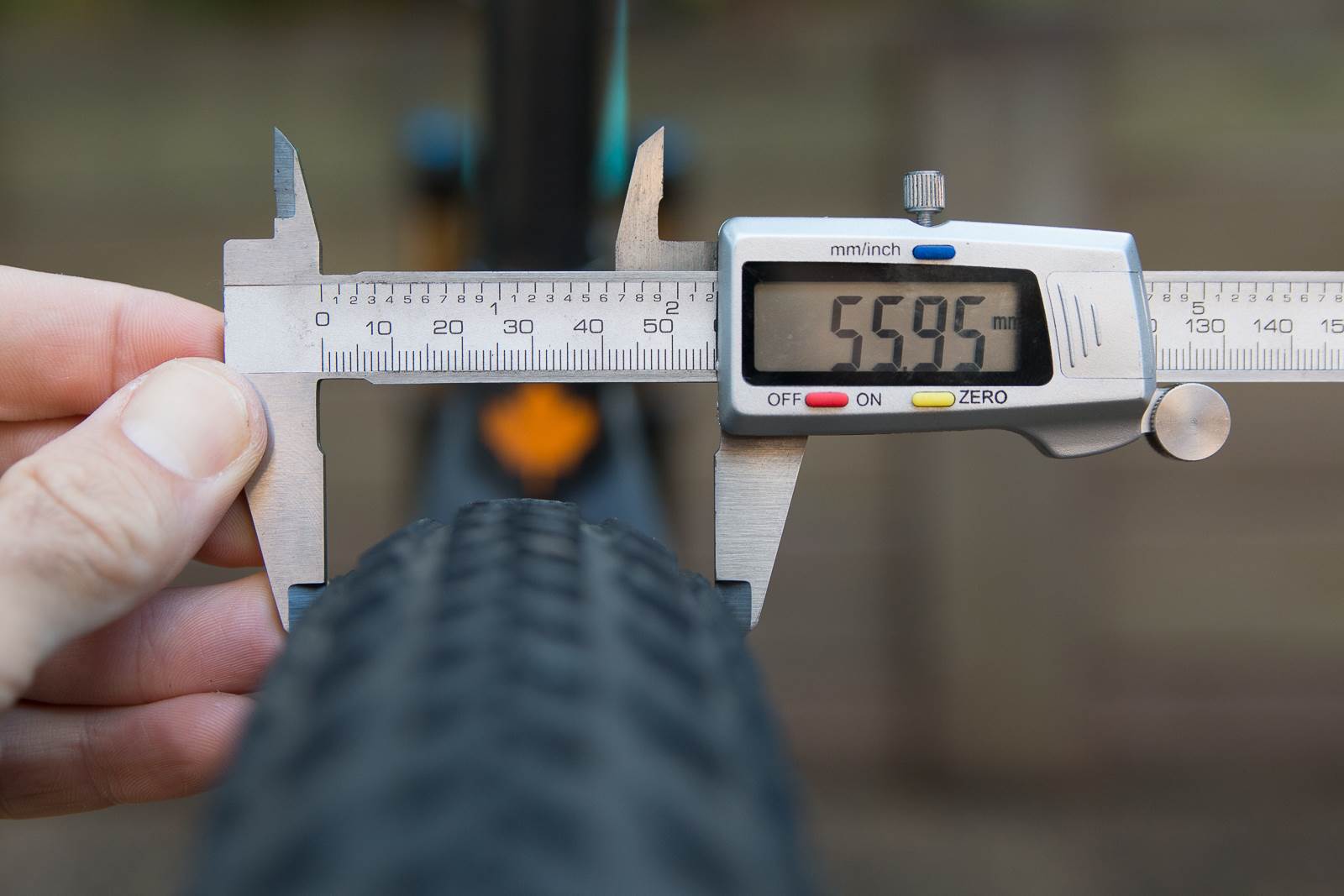
On the trail
The Specialized Fast Trak is both a little less aggressive than my usual front tyre, and a little more open than my usual rear tyre, so I was interested to see how that would translate to the trail.
I've used the tyres since mid December, across dry summer trails, wet summer trails, dry roads, wet roads, wet rock, dry rock, wet tyres on dry rock, dusty trails and rocky trails. They've seen sandy dirt, rocky dirt, hero dirt and dirty dirt. Hence, it was time to put this review together.
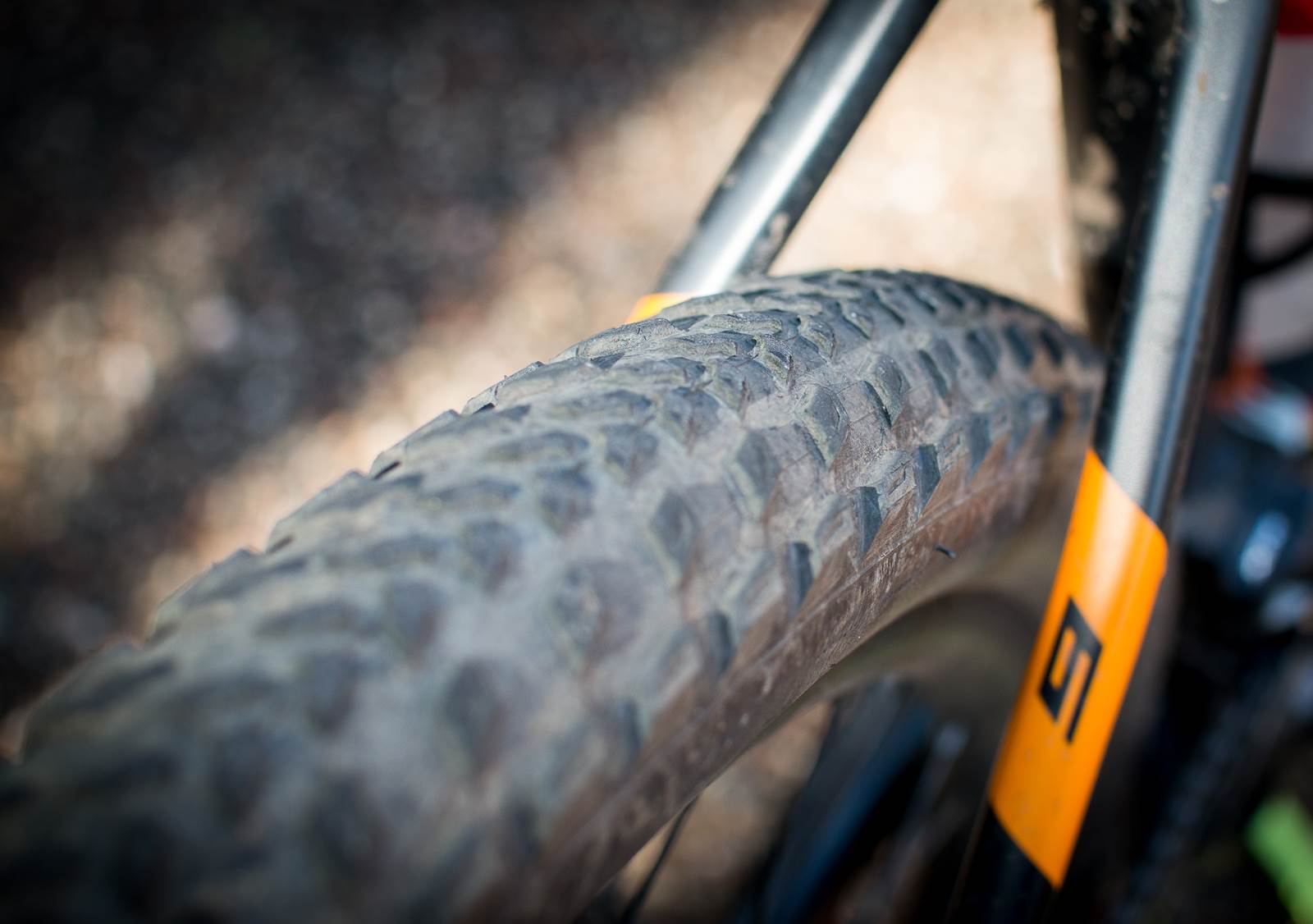
Firstly, these things are airtight. They hold pressure as good as any tyre I have used recently. Before fitting the tyres I fitted new tubeless tape as my other stuff was old and lifting. So sure, that helps. But the Fast Trak tyres relied on way less pressure checks than some tyres.
Tyre wear has been exceptional. These photos are after almost 4 months of riding on mixed terrain, including no small amount of climbing on the road, which is usually very high wear for a rear tyre.
Grip has been better than expected. That sounds like a back-handed compliment but when you first look at the tyre, it has quite a low tread height and you don't assume it will work in conditions beyond hardpack. But those small blocks are well-supported, which reduces squirm, and helps the tyre bight.
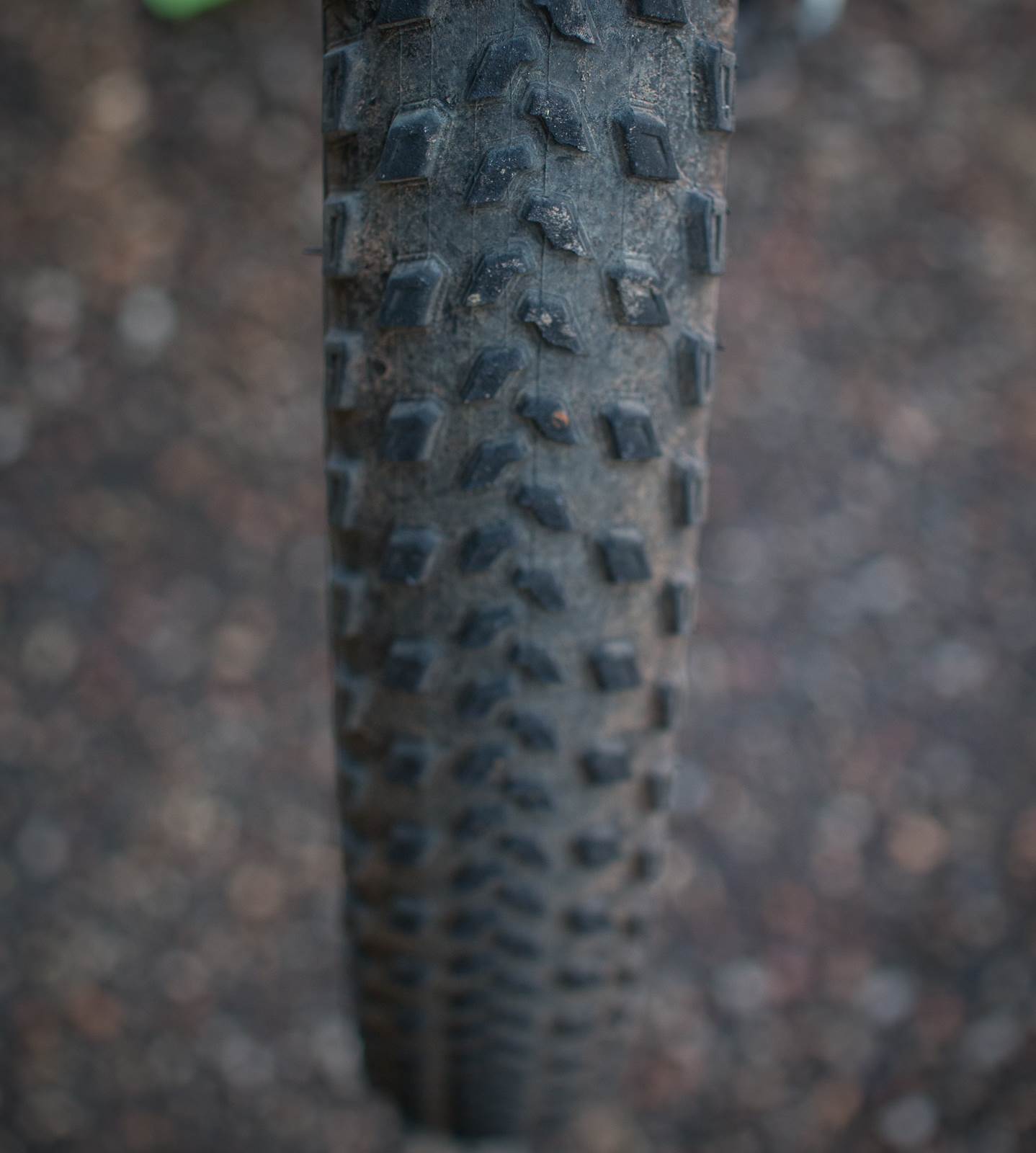
My first proper ride pushing the tyres hard was at Ourimbah, on classic XC trails that must have just felt the tender care of a trail work day. There had been a little moisture around which meant traction was all-time, although you did end up taking some sandy tyres onto rock, at speed. The large contact patch of the 2.3” tyre held quite well, and it was only in looser terrain where having a greater edge knob helps gain more control in corners, or in tutted terrain too.
Climbing and braking traction were surprisingly good for the low tread height, and transitions from hardpack to rock and back again (which most Australian XC trails have a lot of) were seamless.
Is it perfect? No, it's still a low tread height tyre. In the looser, dry terrain that Australia tends to get in over-ridden areas in summer the Fast Trak starts to struggle – more on the front than the rear. And while the Grid casing is reinforced, it's not a really thick sidewall. This is a plus for suppleness and weight, but it does mean that with a 2.3" tyre you need to be certain about your pressures. I had too much tyre roll below 23 psi, this might have been different on a rim with a slightly wider internal diametre.
None of these are drawbacks – they are just things to consider with a high volume, low tread height XC tyre. And given they sell for $75, which isn't s amll amount of money, but great for a high-end tyre, I find them very easy to recommend for XC use, given their consistent grip on hardpack and and well-ridden surfaces, reasonable rolling resistance, ability to hold air, and wear.
Keen to try some? Go see your local Specialized Dealer and see if they recommend them for your riding and area.
